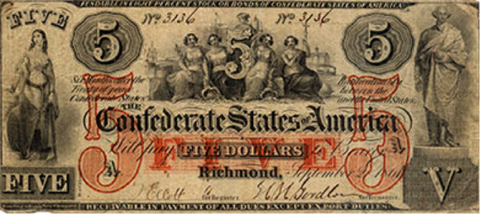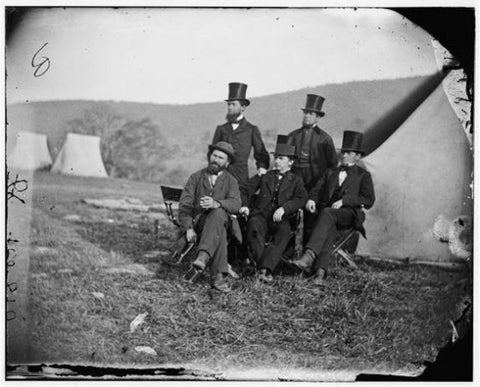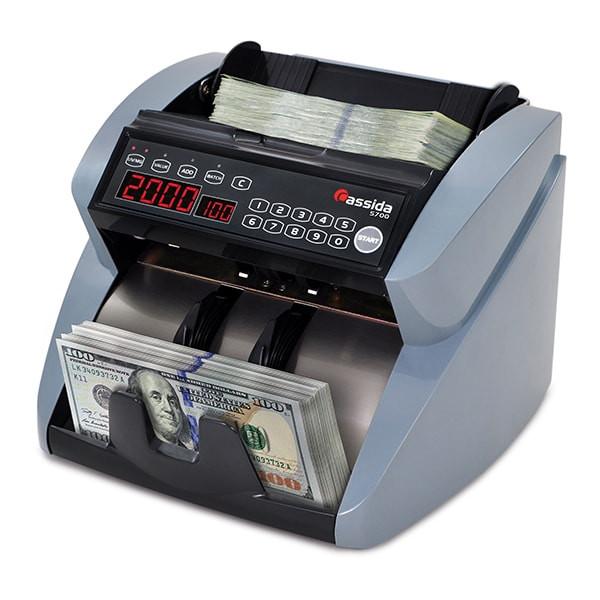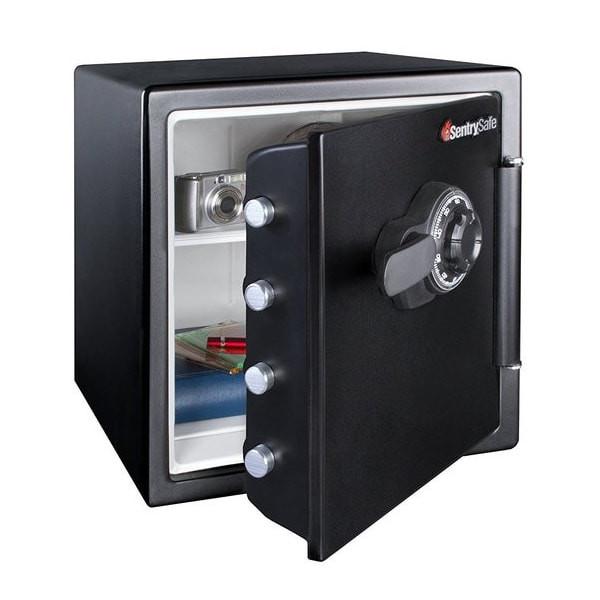The History of Counterfeit Money

Origins of Counterfeit Money
Counterfeit currency has been in circulation for nearly as long as currency itself. Long before bills were used a form of money, counterfeiters would alter others forms of currency to gain more value than the traded item was worth. One of the first instances of this was during the foundation of the American colonies, when Native Americans would trade shells known as wampum as a form of currency. Blue-black shells, which were more rare, had more value than their white counterparts. As a result, some traders would die the white shells a blue-black color and pass them off at higher value.

Counterfeit Coins
Shells were eventually replaced with coins made out of gold and silver. Each coin was weighted to be precisely the same, the value of the coin based on the weight. However, counterfeiters began to shave the sides of coins to collect the valuable metal. Before the coins were removed from circulation, sometime during the early 1700’s, counterfeiters had managed to reduce the weight and value of the original coin by at least half. Have you ever wondered why quarters and dimes have ridged sides? It was during this time that practice was developed, to make it more noticeable when a coin had been clipped.

Early Counterfeiters
A number of individuals in history have become famous as counterfeit money producers, although some have paid the price for their crime. Going as far back as the 5th century, Alexander the Barber was one of the first, famed counterfeiters. He became so well known in fact that instead of being punished by the ruler of that time, Emperor Justinian, he was instead employed by the state finance department. Other famed counterfeiters were less fortunate. The Bonny and Clyde of counterfeit money, Thomas and Ann Rogers, were hanged, drawn, quartered, and burned alive after their coin clipping activity was discovered.

Samuel Upham
Samuel Upham may be one of the most successful counterfeiters in history. A one time journalist that began producing counterfeit money in an attempt to make a political statement, he eventually found more value in the lack of values, and began printing fake money for profit. At the end of his operation he claimed to have printed more than $15,000,000 worth of counterfeit currency.
One of the unique stories out of Samuel Upham's history of producing fake currency is that he sold tons of fake money from his shop as a recreational item. He claimed that at the end of his career he sold more than $50,000 of the fake money he produced. His production became so well known that Congress made a ruling that counterfeiting had become a crime and someone caught guilty of counterfeiting could be given the death penalty!

The Secret Service and Counterfeit Money
On April 14, 1865, one of President Abraham Lincoln's last acts was signing a bill authorizing the Secret Service. Ironically President Lincoln signed the legislation on the same day which he would later be assassinated on, by John Wilkes Booth and the Secret Service would not be being assigned to help protect the United States President until 36 years after.
When the Secret Service was signed into law, its mission was to suppress currency counterfeiting. This was in part a response of the rampant money counterfeiting that was happening after the Civil War. It was estimated that at the time around one third to half of the money in the United States was counterfeit which overtime led to money having more security features to analyze bills like they do today.

Fighting Fake Bills with Currency Redesigns
In 1995 the United States Government announced a substantial redesign of the nation’s currency in an attempt to stay ahead of modern day counterfeiters. While technology has improved to keep fake money out of circulation however, a large amount of counterfeit money still exists.
It was estimated in early 2000 that more than $60 million of counterfeit money was removed from circulation. Modern day tactics to establish valid currency include high quality printing, seals by the Federal Reserve and Treasury, printed serial numbers, and a very specific type of paper that has tiny red and blue fibers embedded throughout.
Even the reproduction of the type of paper used to make federal currency is considered an illegal act, but counterfeiters still attempt to replicate the color of the material by using fine red and blue dots in the printing process.

Money Counterfeiting Nowadays
Despite grand attempts by the government to stay ahead of the counterfeit game, since the early foundation of the American colonies, there has always been at least a few counterfeiters that have succeeded in their trade. While it is unknown exactly how much fake money is in circulation, there are estimates of up to $3 billion USD in counterfeit money in circulation at any given time.
To this day it is reported that Secret Service appropriates tens of millions in counterfeit dollars annually. showing that counterfeit money still can have a significant impact on people in the United States and other countries. This is the reason why counterfeit money detectors are so popular. Businesses are the second line of defense against the trade of fake money. It is essential for them to protect themselves and customers from the crafty counterfeiters of today.




Comments
Leave a comment